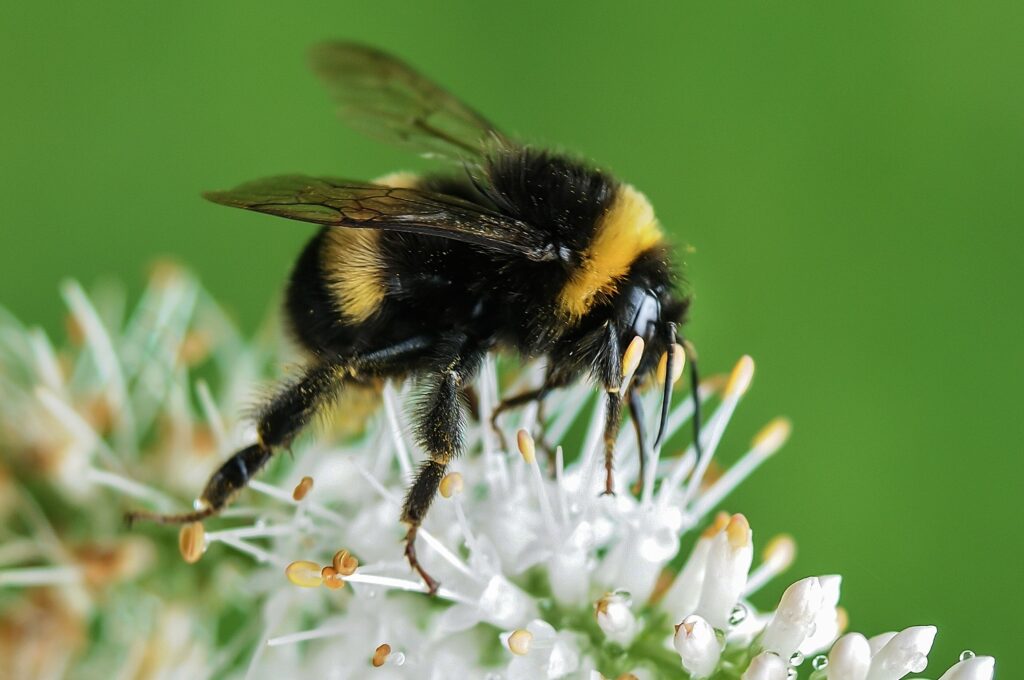
Bumblebees are capable of more complex tasks than once believed, according to researchers from Queen Mary University of London.
Sylvain Alem, lead author on the study, said 23 bumblebees out of 40 successfully completed the first part of the experiment.
These bees were placed in an environment with three artificially-made blue flowers with strings attached to them.
The researchers then trained the bees to pull on the string, which would reward them with sugar water. This was done by moving the string farther and farther from the flower until the bees were able to pull the string on their own and receive the reward.
Researchers decided to see how well bees would be able to learn this skill without training. While just over half of the trained bees were able to pull the string, it was discovered that only two out of 110 untrained bees were able to figure out the task.
In the last stage of the experiment, the researchers had the untrained bees observe the original 23 who were able to learn and complete the task. About 60 percent of the bees were able to learn the task, so researchers then placed the bees back into the colony to see if the skill would be able to spread.
In the end, a majority of the colony’s worker bees were able to learn the skill from the trained bees.
“We are ultimately interested in finding out what might be possible neural solutions to underpin such refined skills in bees,” Professor Lars Chittka, project supervisor, said.
Chittka said they will next begin studying the insect brain in order to understand what part of the brain is allowing the insect to learn and complete more complex tasks that have only been tested before in animals such as dogs and monkeys.
“We are exploring this through modeling information processing in parts of the insect brain, and we find that often, exceedingly difficult tasks, for example in visual pattern recognition or floral scent learning, can be solved with extremely simple neural circuits,” Chittka said. “We are still a long way from understanding the required neural circuitry for string-pulling, however.”







